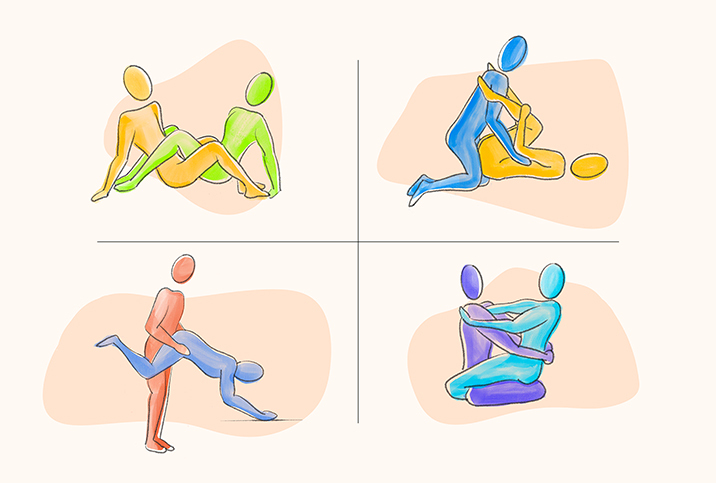A Good Workout Can Be a Good Treatment for PTSD

In the United States, post-traumatic stress disorder (PTSD) impacts 3.5 percent of the population annually, and 1 in 11 Americans in their lifetime. This includes 20 to 30 percent of military veterans and 50 percent of female rape victims. Recovery can be a long, difficult journey. Alongside medical and therapeutic treatments, exercise can significantly improve long-term outcomes.
PTSD in review
Post-traumatic stress disorder is a psychiatric disorder affecting people who have experienced or witnessed a traumatic event. We think of it mostly in terms of combat, but other catalysts include personal assault, natural disaster, domestic terrorist attacks, accidents or threat of death or violence. It's typically associated with intense, disturbing thoughts and dreams about the event, flashbacks, decreased self-esteem, insomnia and varying emotions (such as sadness, anger, fear), which can continue for more than a month after the experience.
Strong adverse reactions to stimuli—such as a loud noise or being startled or touched unexpectedly—are common. PTSD increases the risk for depression, substance abuse, memory problems and other medical issues. Women are twice as likely as men to experience it, and Latinos, Black Americans and Native Americans are at higher risk.
PTSD can be debilitating. Sufferers struggle to function through the stressors of daily life, making it difficult to enjoy family, friends and work. Combining treatments has proven to be most effective in improving outcomes, and a good number are available, including Cognitive Behavioral Therapy (CBT), certain medications, and alternative treatments like acupuncture, meditation, stress relief and exercise.
Benefits of exercise
Exercise offers countless benefits in general. It can:
- Reduce stress
- Strengthen bones and muscles
- Promote a healthy weight and blood sugar and insulin levels
- Reduce the risk of heart disease, erectile dysfunction and some cancers
- Improve mental health, mood and sleep
- Support smoking cessation
- Improve thinking, learning and judgment processes as you age
- Increase the odds of living longer
Exercise helps PTSD
Studies indicate exercise is highly beneficial for individuals who experience anxiety disorders. A 2011 University of West Florida study suggested female survivors of rape experienced accelerated PTSD recovery if they engaged in a twice-weekly physical training program in combination with CBT. Researchers at Hofstra University, in 2005, noted 30 minutes of walking or jogging two to three times a week for 10 weeks significantly reduced anxiety, depression and PTSD symptoms.
Other recent studies have similarly demonstrated exercise as having a positive impact on PTSD symptoms, including improved mental health, decreased avoidance, reduced agoraphobia and increased quality-of-life measures. Strenuous exercise was linked most strongly to improved quality of sleep and reduced pain, substance abuse and overall symptoms. Yoga has been associated with helping to promote mindfulness, focusing on the present, reducing rumination and eliminating negative thoughts.
Why exercise helps
Physical activity promotes the release of endorphins, chemicals that promote feelings of happiness, while suppressing other chemicals linked to anxiety and depression, in the brain. Exercise also improves self-esteem and the sensation of control, and it supports a positive outlook and sense of self-identity. More obviously, exercise helps by physically tiring the body and reducing sleep disturbances.
Incorporating exercise into PTSD treatment
Not all exercises are appropriate (or safe) for everyone, so talk to your doctor before starting a new regimen. Veterans experiencing post-traumatic stress disorder, sufferers with joint pain or other ailments, or people new to exercise may opt for low-impact exercises such as yoga, brisk walking and swimming. More rigorous exercise like running, high-intensity interval training (HIIT), and challenging programs like Orange Theory, CrossFit and P90X are better for experienced athletes.
There's no right or wrong way to get physically active, and anything that involves moving your body—walk your dog, play with your children/grandchildren, spend time in your garden—is a form of exercise and can be beneficial. Engaging in activities with others, such as hiking with a friend or trying a group cycling class, has the added benefit of encouraging social interaction and helping reduce avoidance. Just be sure to take it at your own pace.
For anyone suffering from PTSD, finding a way to move will be a benefit for the mind, body and soul.


















